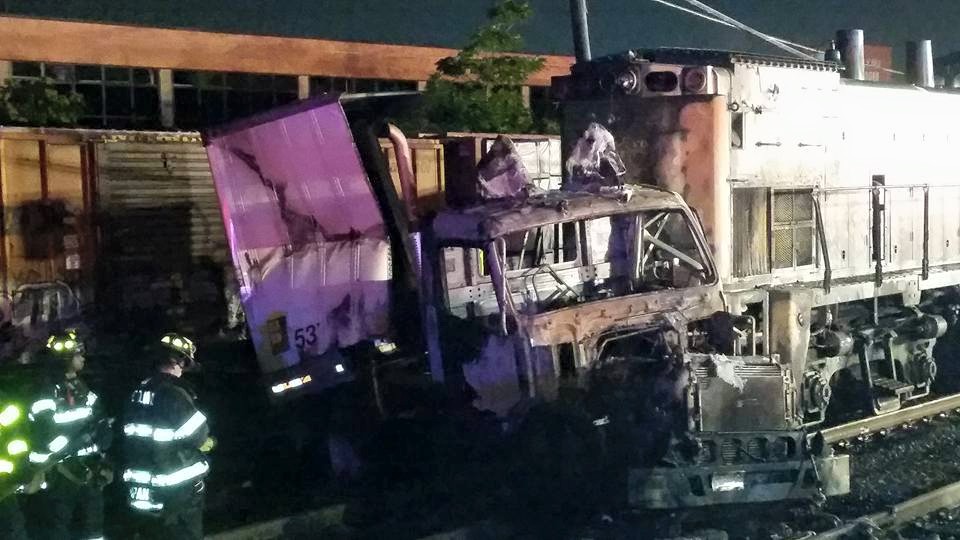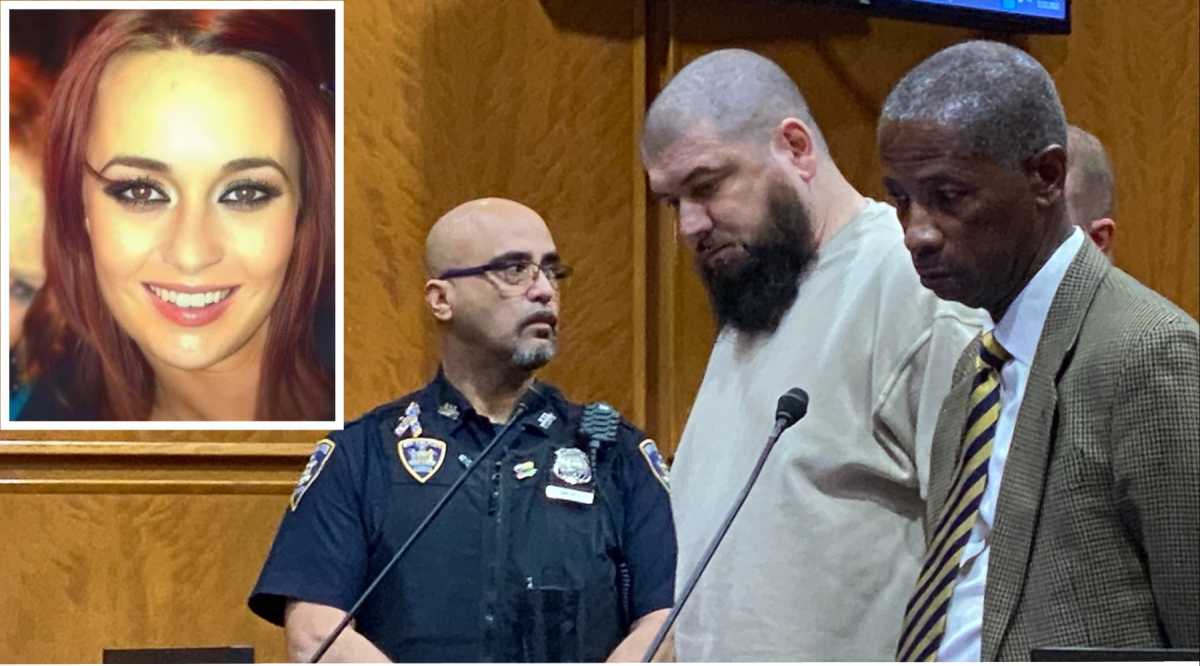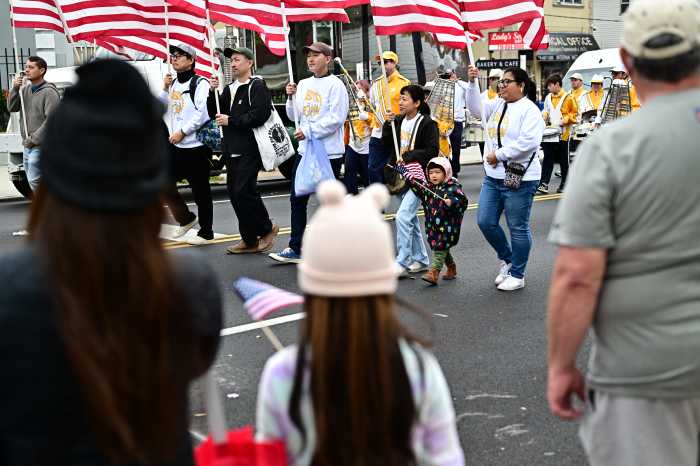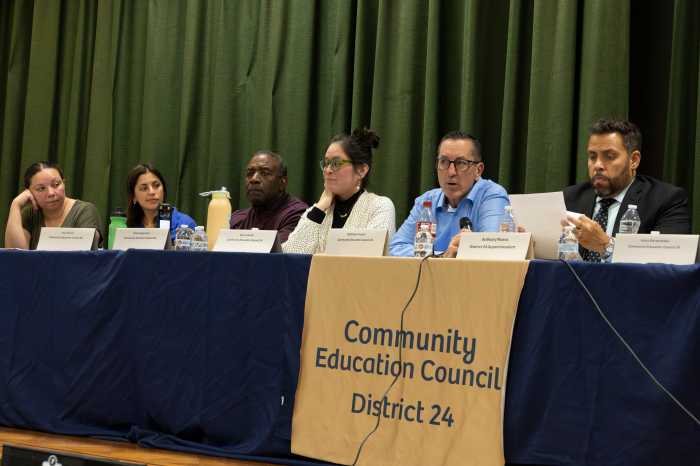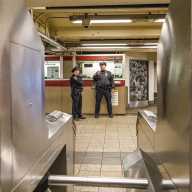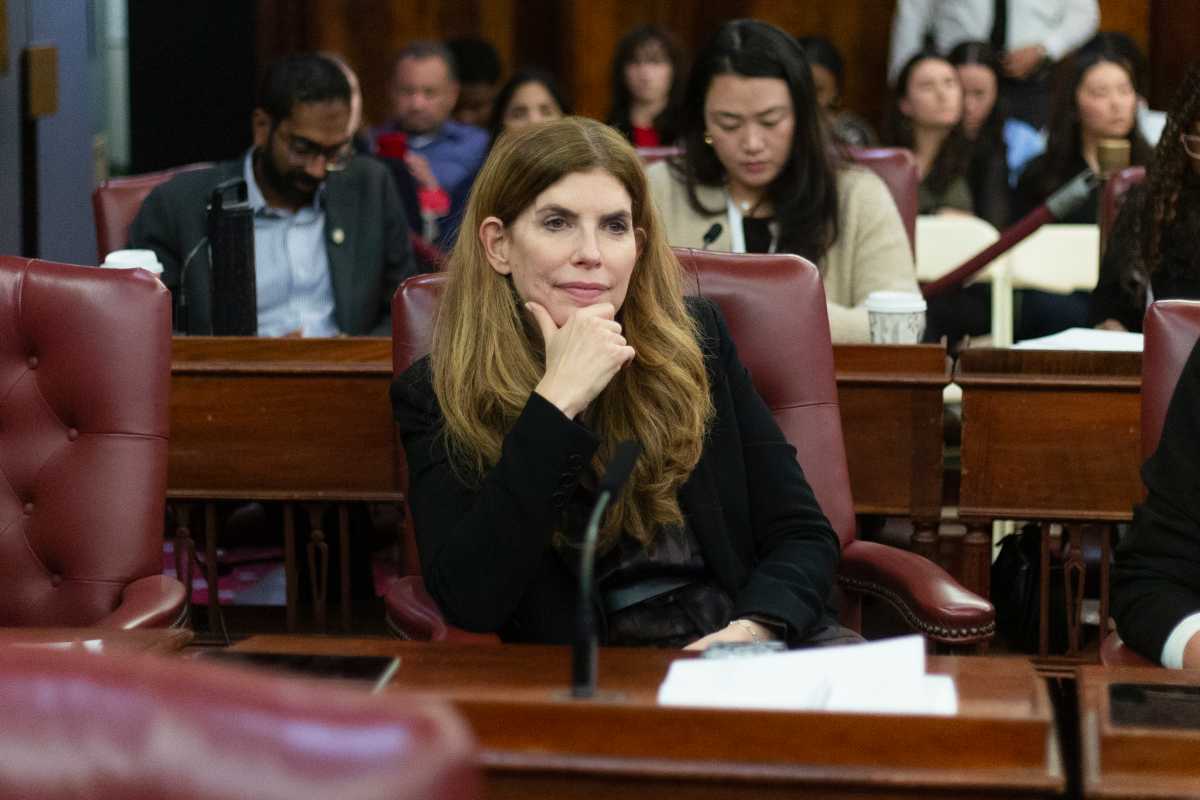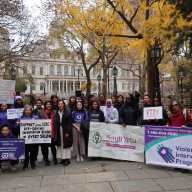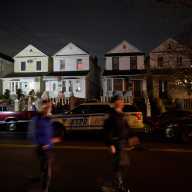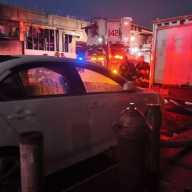He vanished without a trace.
The engineer involved in the fiery accident last year when a New York & Atlantic (NYA) Railway locomotive collided with a tractor-trailer in Maspeth went missing right after the accident and was then fired by the railroad company, the results from the Federal Railroad Administration’s (FRA) safety review of the railroad company found.
“FRA was not able to interview the engineer involved in the accident as he went missing immediately after the accident,” the review stated. “In the aftermath of the accident, the locomotive engineer left the scene and did not return to the railway. NYA subsequently terminated his employment.”
The train conductor, however, was interviewed after the accident and raised safety concerns, questioning if he had been properly trained.
The FRA’s investigation revealed that both NYA crew members involved in the accident were not carrying NYA-issued certification cards required by the Code of Federal Regulations. NYA did allow the engineer to carry a certification card issued by a different railroad, but that is not a permissible substitute, the review said.
It is also required that a railroad issue a conductor’s certificate before permitting a person to serve as a conductor; however, NYA considered the conductor certified, even though it did not issue the conductor the certificate.
“The FRA’s findings are very disturbing. NYA cut corners which put lives at risk,” said Congresswoman Grace Meng, who has previously put pressure on the FRA to release the findings of the safety review. “The faulty record-keeping, inadequate training, unclear certification and need for grade crossing safety is indicative of other troubling practices at NYA, and we’re lucky that more accidents have not occurred with trains that the company operates.”
During the course of the investigation, NYA was unable to produce all of the requested documents by the FRA, due to a poor record-keeping system at the railroad company.
“Because NYA’s record-keeping and documentation was so poor, FRA investigators could not determine whether the train crew was qualified to operate the train or if all of NYA’s engineers and conductors (including contractors) were properly certified,” the review stated.
The FRA has recommended that NYA develop a better record-keeping system, issue the proper certifications and documentation for its train crews, and work to make grade crossing improvements, among others.
FRA has also proposed civil penalties against NYA for five alleged violations.
“NYA lied to LIRR [Long Island Rail Road] and the public. NYA’s 2014 renewal request told LIRR they were running safely. NYA hid its use of unqualified crews to operate freight trains,” said Mary Parisen, co-chair of Civics United for Railroad Environmental Solutions (CURES), an organization working to improve quality-of-life issues in Queens related to local freight rail traffic.
“After the accident, NYA stonewalled FRA,” Parisen continued. “Congresswoman Meng had to keep asking for the truth. It has been 14 months since the crash. The people managing NYA today are the same now as then. No one was fired, except the low-level employee who skipped. NYA is endangering thousands of LIRR commuters and residents of NYC, and its own workers. It’s time for a new operating plan from MTA.”
The FRA has committed to continue to meet regularly with NYA to help them implement the recommendations and follow up to ensure the railroad company’s compliance with federal regulations.
“At the New York & Atlantic Railway, our top priority is safety. We fully cooperated with the FRA throughout this process, and continue to do so,” said Thomas A. Leopold, chief safety and compliance officer with NYA. “While we disagree with some of the conclusions in its report, we have already implemented FRA recommended actions and completed all the necessary crossing repairs prior to the report’s release. We perform a vital service to the flow of commerce in New York City and Long Island, and hold ourselves accountable to keep our customers, employees and the communities in which we operate safe at all times.”
According to Leopold, NYA has already made several safety improvements before the FRA’s report came out, including:
- cutting vegetation near the at-grade crossings at 73rd Street, 88th Street and Washington Avenue (43rd Street), in September 2015 and ongoing;
- paving grade crossing surfaces at Maspeth Avenue crossing in October 2015 and September 2016;
- extending crossing light circuit at 73rd Street to improve warning time in October 2015;
- installing “Do Not Stop on Track” signs at Debevoise Avenue (49th Street) in March 2016; and
- installing stop board signs that require trains to stop at grade crossings on the Lower Montauk Branch in April 2016.

